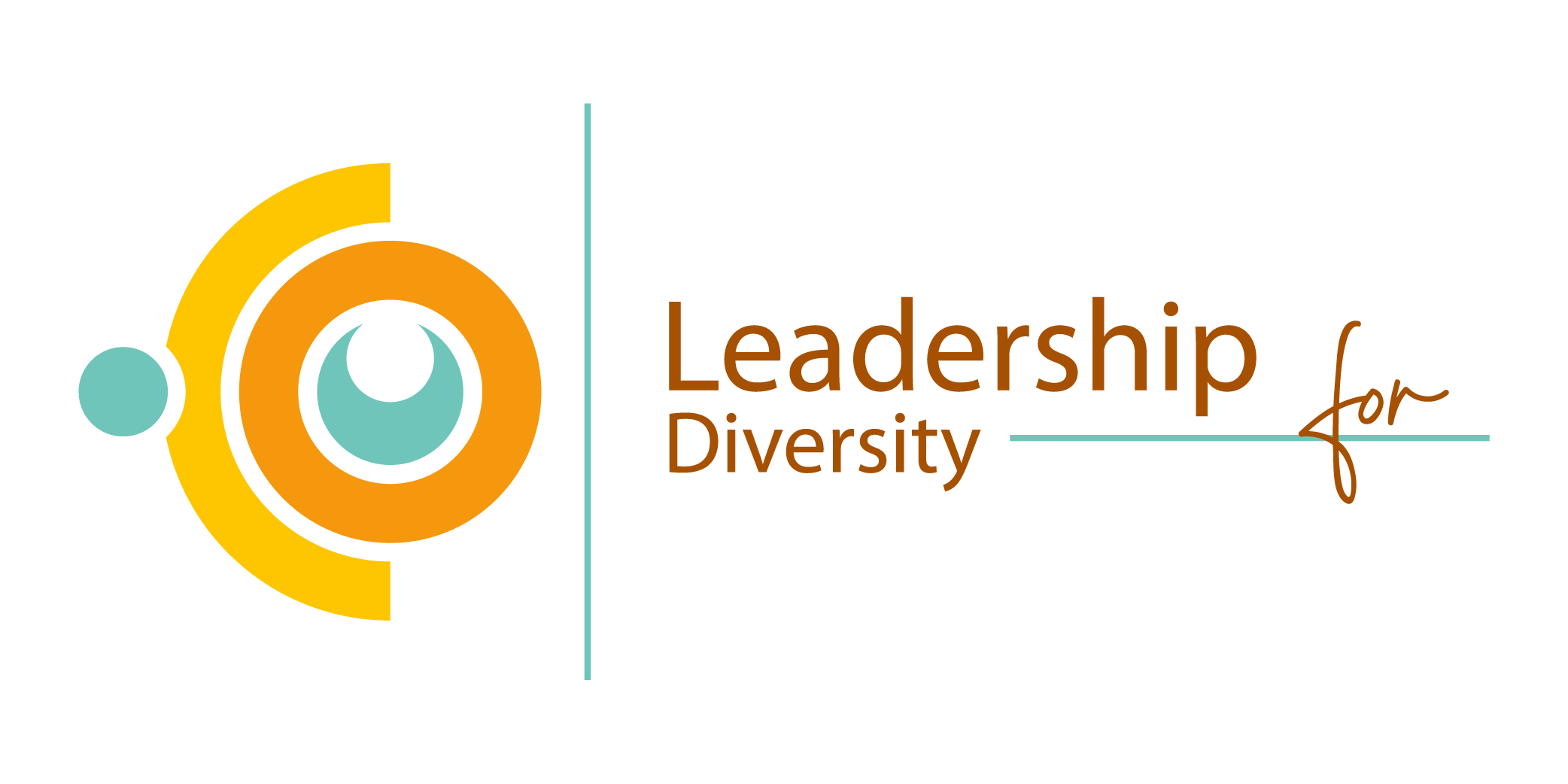The activity is based on the reflections on each participant’s identity. Following the model of the Diversity Wheel, the participants engage in group discussions considering their own identities, reflecting on which characteristics they consider more relevant, or more interesting.
The Wheel consists of 4 dimensions. The nucleus is the personality, the self. There is a series of rings surrounding that nucleus. Each ring represents a sphere. As further the sphere is from the nucleus less permanent and visible their elements are. On the contrary, those elements placed in more ‘nuclear’ spheres are considered to be more defining to us. Thus, the Wheel represents all the possible identities that might define us, providing them with a degree of visibility and strength. All of those elements combine with different relevance in each of us. We might as well perceive them differently from what is seen by society.
Facilitator’s guidelines: If there is a considerable number of participants, divide them into groups of 3-4 people maximum. Provide a copy of the Diversity Wheel to everyone. Since it is quite a detailed figure, each participant should have one. If not, sharing it in pairs or even in three could work as well, but try to avoid handing 1 copy per group.
After, explain the concept of the Diversity Wheel. Note this figure was developed in 1990. Nowadays, concepts such as gender and sexual orientation have been revised, and some experts might place them on other less ‘nuclear spheres’ as they could be considered less permanent or visible to our communities. Consider mentioning this issue so as to avoid misunderstandings.
After, ask participants to reflect about their own identities by observing the Wheel. Some inputs could be: What are those identities you feel you identify more with? Are there any advantages/disadvantages related to them? How much do you think they determine your role in society?
Website: Diversity Wheel – CCLI – Cultural Competence Learning Institute (ccliexperience.org)
